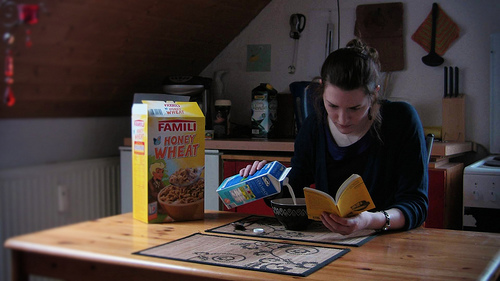Math proficiency for U.S. fourth and eighth graders poked up just one point over 2010 on the 2011 National Assessment of Educational Progress (NAEP), to 40 and 35 percent respectively, while fourth grade reading proficiency stayed at 34 percent and for eight graders notched up two points to 34 percent.
“Not to sound flippant, but I don’t really care what our [education] goals are as a nation or locally as long as we have fewer than 40 percent of our students able to meet proficiency standards that are arguably less rigorous than the NAEP of old,” said Center for Education Reform President Jeanne Allen. “While it’s still the gold standard and exposes state tests for being inflated, NAEP has had its own rollbacks, so even a point here or there is nothing to cheer.”
Proponents of No Child Left Behind, the largest federal education law, have pointed to smaller white-minority achievement gaps in recent years as evidence the law has done good. However, the Cato Institute’s Neal McCluskey notes this gap is still at least 20 points wide and pre-NCLB NAEP scores showed similar or better periods of gains. Forty-two states have shown no significant improvement in NAEP scores since 2009.
“We’ve jumped over a molehill in the prairie while the Colorado Rockies lie before us,” said Richard Innes, an education analyst with Kentucky’s Bluegrass Institute.
High Exclusion Rates
Several states have made questionable progress by excluding high numbers of students from groups that often bring scores down, including learning-disabled students and English Language Learners (ELL).
Maryland and Kentucky lead the states in NAEP gains by learning-disabled children from 2003 to 2011—the years all states participated in the test—on a list compiled by Matthew Ladner, senior advisor of policy and research at the Foundation for Excellence in Education.
Five of the top ten gainers—Kentucky, Maryland, New Jersey, Massachusetts, and Georgia—violated the 2011 NAEP requirement of including at least 85 percent of all learning-disabled students. Maryland and Kentucky included only 30 to 39 percent of such students. Forty states excluded less than half the proportion of learning disabled students that Kentucky, Maryland, and New Jersey did in 2011.
Distorting Test Results
Excluding grossly high numbers of ELL and learning-disabled students raises doubts not only about reported NAEP progress but also about whether an apples-to-apples comparison can be done between these states and others which more closely conformed to the inclusion standards.
“Can we imagine that very high exclusion rates for ELL students will not heavily bias the Hispanic number?” Ladner asked. “Or that sky-high special ed exclusions won’t inflate a variety of subgroup scores? Or that excluding many of both of these subgroups won’t impact your Free and Reduced Lunch-eligible sample?”
Disaggregating for a Fairer Comparison
Disaggregating scores by race and at-risk student groups likely offers a much more accurate picture of a state’s performance, Innes said.
On the eighth-grade math assessment, for example, “a simplistic ranking of scores” places California at number 48. Disaggregating by race while honoring sampling errors, by contrast—as NAEP encourages—reveals white students in California scored comparatively much higher, Innes said.
Huge demographic differences between states like Kentucky, where 84 percent of public school students are white, and California, where 26 percent are whites and 52 percent Hispanic, result in distorted state-to-state comparisons.
Complacent Majority
“The complacency that plagues more advantaged Americans has an impact on our ability to fix the problems with our disadvantaged citizens,” Allen said. “As long as a majority believes its schools are great, no bold policy proposals that do away with failure once and for all will gain any meaningful traction.”
The consequences are not limited to American students but global, Innes pointed out.
“There’s enough evidence in the NAEP to say we’ve had a small amount of progress, but it’s very small and it’s not coming fast enough,” Innes said. “At the rate we’re talking about, we’re talking about 50-100 years before we get proficiency rates up. And the Chinese aren’t going to wait for us to catch up.”
Image by Michael Herzog.




